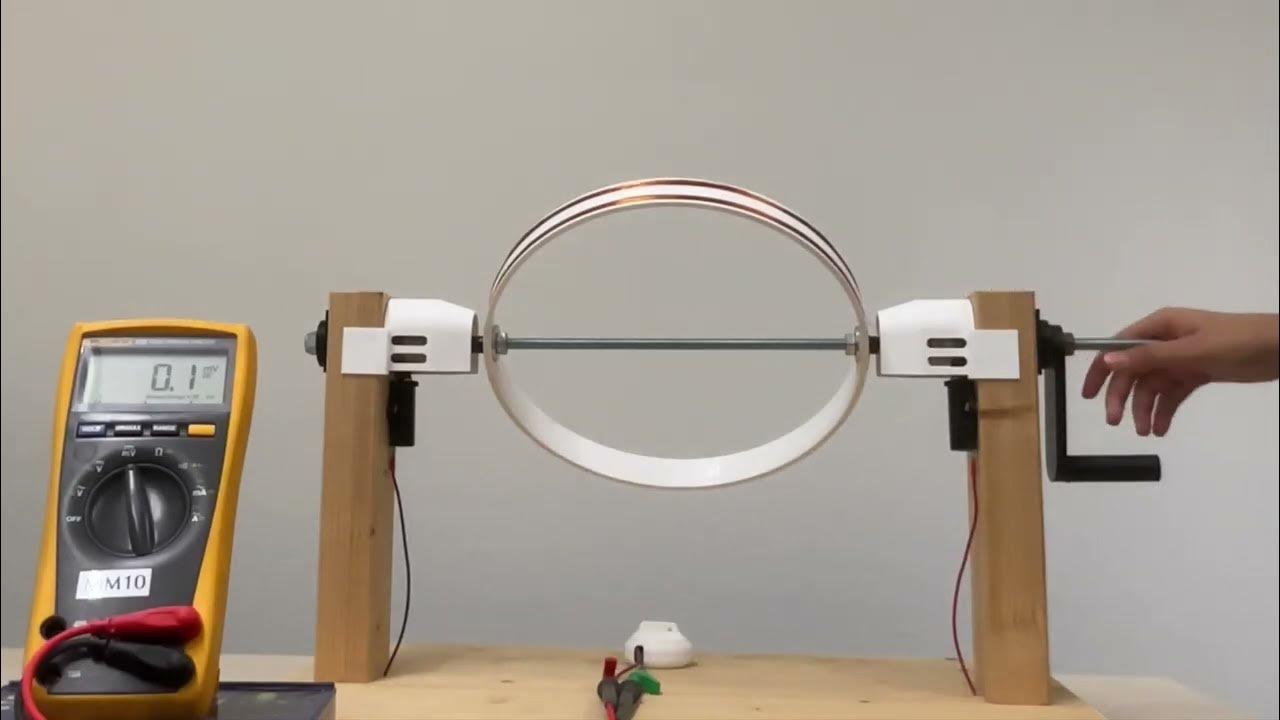The Relationship Between Electricity and Magnetism
Electricity and magnetism are separate yet interconnected phenomena associated with the electromagnetic force. Together, they form the basis for electromagnetism, a key physics discipline. You can have an electric field without a magnetic field, and vice versa. But, a moving electrical charge always has an associated magnetic field, while permanent magnets have a magnetic field without an electrical current.
Except for behavior due to the force of gravity, nearly every occurrence in daily life stems from the electromagnetic force. It is responsible for the interactions between atoms and the flow between matter and energy. The weak and strong nuclear force—other fundamental forces—govern radioactive decay and atomic nuclei formation.
Since electricity and magnetism are important to life, having a basic understanding of what they are and how they work is a good idea.
Basic Principles of Electricity
Electricity is the phenomenon associated with either stationary or moving electric charges. The source of the electric charge could be an elementary particle, an electron (which has a negative charge), a proton (which has a positive charge), an ion, or any larger body that has an imbalance of positive and negative charge. Positive and negative charges attract each other (e.g., protons are attracted to electrons), while like charges repel each other (e.g., protons repel other protons and electrons repel other electrons).
Familiar examples of electricity include lightning, electrical current from an outlet or battery, and static electricity. Common SI units of electricity include the ampere (A) for current, coulomb (C) for electric charge, volt (V) for potential difference, ohm (Ω) for resistance, and watt (W) for power. A stationary point charge has an electric field, but if the charge is set in motion, it also generates a magnetic field.
Basic Principles of Magnetism
Magnetism is defined as the physical phenomenon produced by moving electric charges. Also, a magnetic field can induce charged particles to move, producing an electric current. An electromagnetic wave (such as light) has an electric and magnetic component. The two wave components travel in the same direction but are oriented at a right angle (90 degrees) to one another.
Like electricity, magnetism produces attraction and repulsion between objects. While electricity is based on positive and negative charges, no known magnetic monopoles exist. Any magnetic particle or object has a "north" and "south" pole, with the directions based on the orientation of the Earth's magnetic field. Like magnet poles repel each other, while opposite poles attract one another .
Familiar examples of magnetism include a compass needle's reaction to Earth's magnetic field, the attraction and repulsion of bar magnets, and the field surrounding electromagnets. Yet, every moving electric charge has a magnetic field, so the orbiting electrons of atoms produce a magnetic field, there is a magnetic field associated with power lines, and hard discs and speakers rely on magnetic fields to function. Key SI units of magnetism include the tesla (T) for magnetic flux density, weber (Wb) for magnetic flux, ampere per meter (A/m) for magnetic field strength, and henry (H) for inductance.
The Fundamental Principles of Electromagnetism
The word electromagnetism comes from a combination of the Greek words elektron, meaning "amber" and magnetis lithos, meaning "Magnesian stone," a magnetic iron ore. The ancient Greeks were familiar with electricity and magnetism but considered them two separate phenomena.
The relationship known as electromagnetism wasn't described until James Clerk Maxwell published A Treatise on Electricity and Magnetism in 1873. Maxwell's work included 20 famous equations, which have since been condensed into four partial differential equations. The basic concepts represented by the equations are as follows:
- Like electric charges repel and unlike electric charges attract. The force of attraction or repulsion is inversely proportional to the square of the distance between them.
- Magnetic poles always exist as north-south pairs. Like poles repel like and attract unlike.
- An electric current in a wire generates a magnetic field around the wire. The direction of the magnetic field (clockwise or counterclockwise) depends on the direction of the current. This is the "right hand rule," where the direction of the magnetic field follows the fingers of your right hand if your thumb is pointing in the current direction.
- Moving a loop of wire toward or away from a magnetic field induces a current in the wire. The direction of the current depends on the direction of the movement.
- Maxwell's theory contradicted Newtonian mechanics, yet experiments proved Maxwell's equations. Einstein's theory of special relativity finally resolved the conflict.


0 Comments